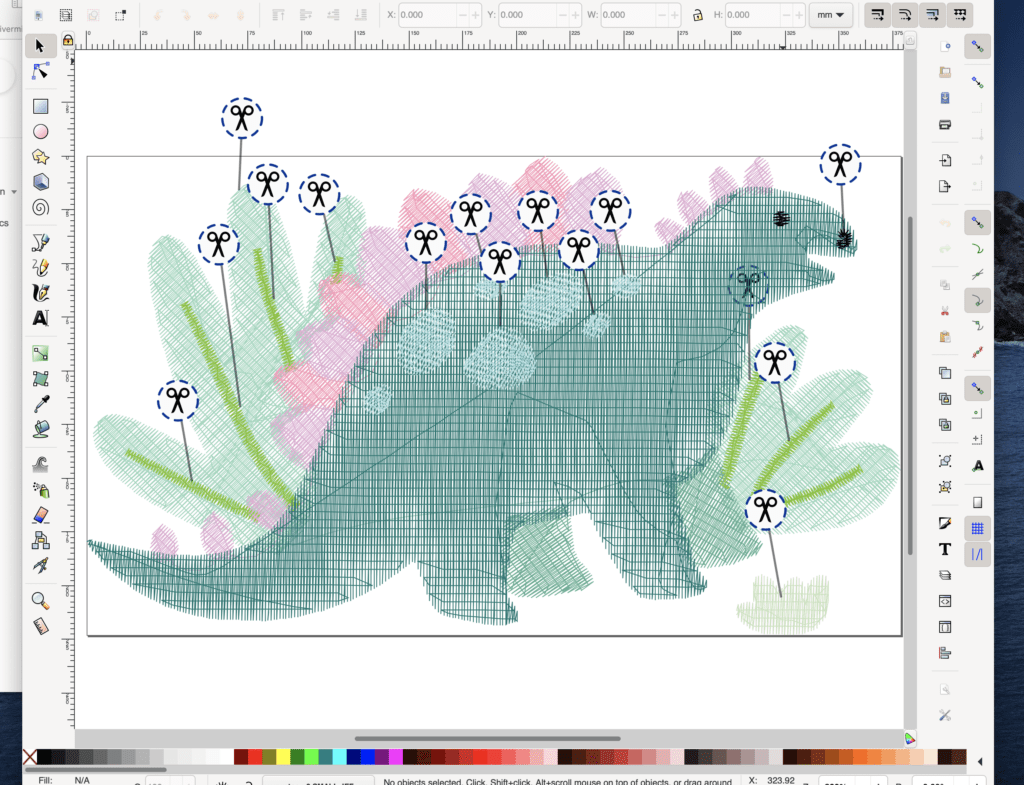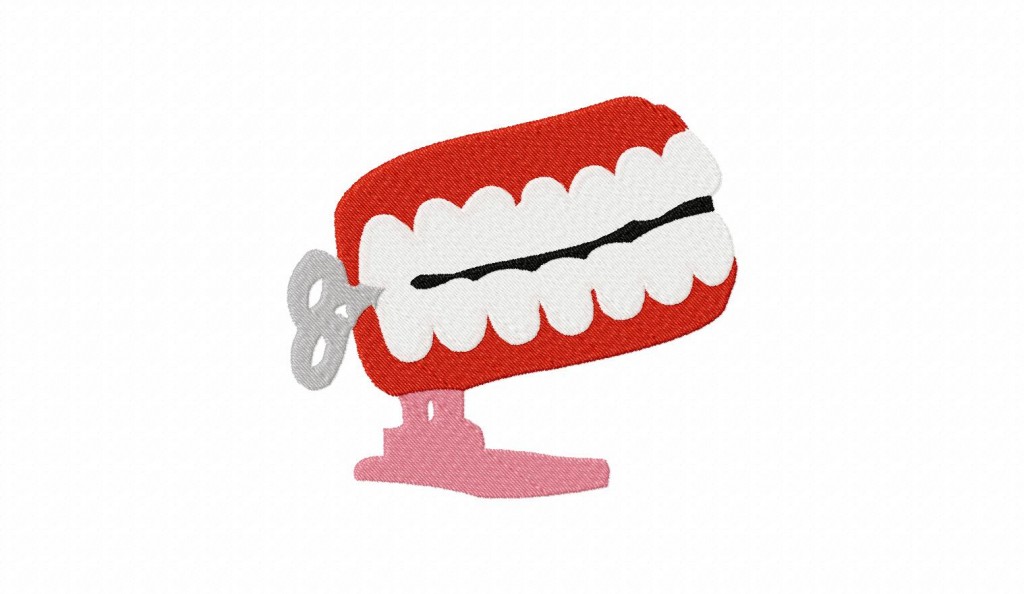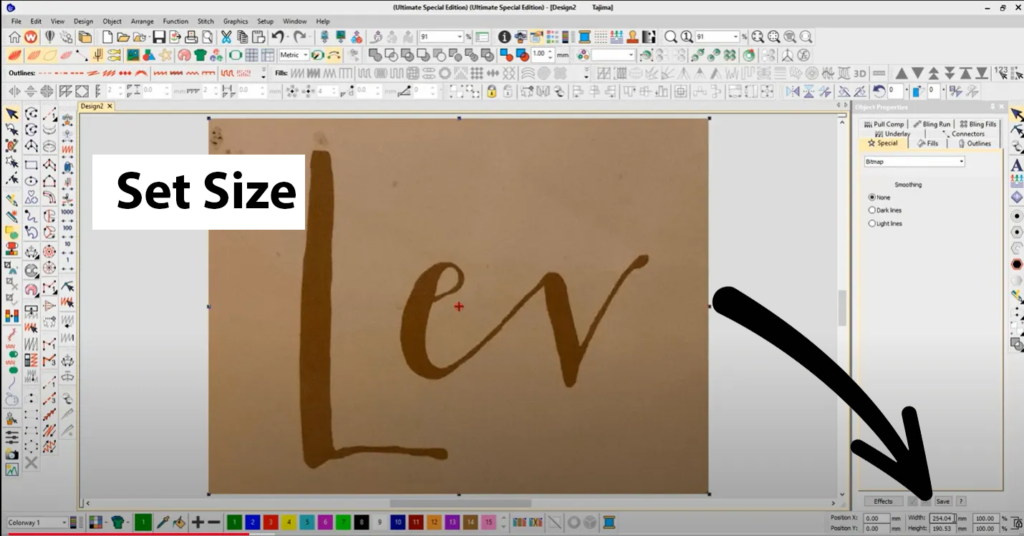

- #Free embroidery software to change file types how to
- #Free embroidery software to change file types trial
- #Free embroidery software to change file types free
So, only basic design are possible to do in a free trial.

But don’t try all kind of file in free because there are so many difficulties in embroidery. Also, there are few companies who provide first design free. We also provide embroidery digitizing training courses internationally on the internet. Also, if you want to digitize yourself, you can take training from us.
#Free embroidery software to change file types trial
Get in touch not or grab your free trial digitizing. Here you will get a free trial digitizing of first 1000 stitches. To digitize embroidery designs for free, Digi Embroidery is giving you a free trial digitizing.
#Free embroidery software to change file types how to
How to Digitize Embroidery Designs For Free? And for complex and big files we take 12 to 24 hours. And we take 1 to 12 hours for normal files. Remember: as soon as the client sends the payment, the order time countdown will be started. As soon as we get the payment, we start working ASAP. So, after choosing the package, we ask the client to place an order or to pay for the file. Whatever pricing options they choose, we offer the beatable prices always.

And we give the price for the file according to the file. Jesse Elliott is digitizing production manager for Ignition Drawing.So, the first step of our digitizing is we ask the client for the artwork. It helps to have personalized, one-on-one training from start to finish on a design. Don’t think you can learn it by watching YouTube videos. Ask whether training is included, as the learning curve is pretty high on embroidery programs. Go to a trade show to see the options that are available. How much you intend to use it will help determine which program is best. The bigger or more complex your shop is or becomes, the more likely it is that you will spend big money on a more common software programs. Small, home-based businesses may be best served with a simple program. The ideal program for your shop depends on you. This way, you can do simple size changes, control the pull compensation and even edit the color stops easily without the help of a contracted digitizer. However, all software has pull compensation, tie-ins and tie-offs, thread-color selection and underlay choice.Įven if you don’t build your own designs from scratch, it is helpful to have a design-editing program. There are not only different brands of software, but they also vary in complexity - from simple (text only) to those containing multiple bells and whistles. Software programs vary in their complexity and ease of use. Along with the ability to easily edit the file, these programs also can save the files to the proper extension for your machine. They should be opened by the software that created them. pxf cannot be opened by an embroidery machine directly. Conversely, reducing by 50% will result in twice as many stitches, which could lead to warping, excessive push and, quite possibly, holes in the fabric. You try to enlarge a design by 50%, but your stitches will be 50% larger and the spacing (density) between lines also will be 50% larger. Sizing on a machine is limited to 10% because the stitch count will not change. If you are new to embroidery and don’t have a lot of knowledge regarding file types, you generally cannot go wrong with. This works for virtually any embroidery machine. If you only have an embroidery machine but no editing programs, you should use the proper machine file along with a run sheet that contains the color information for each color stop. In fact, segments will be chopped into many more parts than before. Underlay will no longer be part of the original segment. Pull compensation adjustment will be gone. The information is jumbled and, even attempting to edit shapes, underlay or trims can prove difficult. In fact, most digitizers will refuse to even try to edit them.

Machine files contain no real editing information. The file can be turned into a jpg, which looks the same and can be read by everyone, but doesn’t contain the layers and masks that make it so much easier to edit. psd files - which have layers and attributes that can be editable - but not everyone owns Photoshop. Outline files are specific to a software, and expanded files are more generic and can be read by embroidery machines.Ĭonsider the following example: Adobe Photoshop makes. There are two kinds of file types: outline (or parent) files and expanded (or machine) files.


 0 kommentar(er)
0 kommentar(er)
